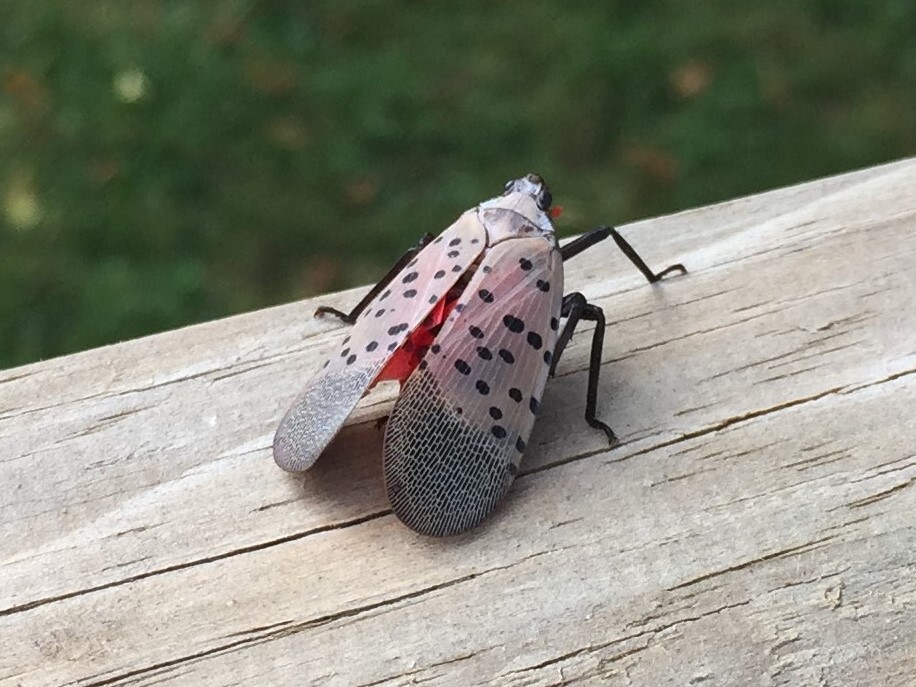If you’ve been anywhere in New Jersey at all for the past few weeks, you’ve likely had a difficult time ignoring these bright-red, spotted planthoppers. You may have even seen a fellow classmate stomping on one. But what are they? And why the sudden pesticidal urge from anyone within five feet of one?
Well, these insects are called spotted lanternflies, and simply put, they’re pests.
Spotted lanternflies (SLF for short) are native to China, where their population had been kept under control by natural predators. In 2006, the insects were introduced to South Korea, and in 2014, the first SLF was found in the U.S. in Berks County, PA munching on grapevines and hitchhiking across counties. Their population has only spiraled since then with a steady increase in counties that are deemed infected by SLF and made to “quarantine.” For businesses in such areas, this means observing regulations and obtaining permits to transport outdoor items in and out of counties.
In addition to flying and jumping around, both of which they do quite frequently, spotted lanternflies are considered pests due to their impact on local flora. During feeding, spotted lanternflies suck the sap of their hosts, weakening them by depriving them of nutrients. They also leave behind a kind of sugary fluid as waste (called “honeydew”) that encourages the presence of a black sooty mold and prevents the plants from growing healthily. Although these bugs are not a danger to humans, the honeydew they leave behind can be disruptive as it can appear on cars, patios, and areas near trees that have been fed on.
Even worse, spotted lanternflies are not picky about food. In fact, they feed from over 70 different species of plants, which is why they’re deemed such a threat by state authorities. Some of their main targets are grapes, hops, and lumber. They pose a danger to those respective industries in New Jersey and the state’s overall $1.1 billion agricultural industry.
One spotted lanternfly might be bothersome, but the sheer number of SLF we’re seeing on campus alone, not to mention New Jersey as a whole, marks them as a menace. They have the potential to affect forests, our quality of life, and our own economy on a large scale.
So what can we do about these insect pests? A recent nj.com article lists ways for citizens to get involved. This includes regular reporting of SLF to the New Jersey Department of Agriculture through nj.gov, and checking your car for any SLF that might have gotten a ride across counties. These insects have been able to spread quite fast through impressive hitchhiking skills: they can be transported with lumber, construction and yard materials, and even outdoor appliances like grills. Although Hudson County isn’t under quarantine yet, the presence of these insects on-campus shows that they’re more than capable of spreading to new places.
Spotted lanternflies are also currently in their adult stage of life, which means in October and November, they’ll begin laying eggs on trees and other flat surfaces to hatch next spring. These brownish masses can be easily scraped off and destroyed by crushing the eggs or spraying them with alcohol or hand sanitizer.
The easiest way to help is by joining in on the stomping. Spotted lanternflies don’t bite or attack people (though they might accidentally land on you), and the worst they can do is hop around. So next time you see one, stomp your feet in the name of New Jersey wildlife.

Be First to Comment